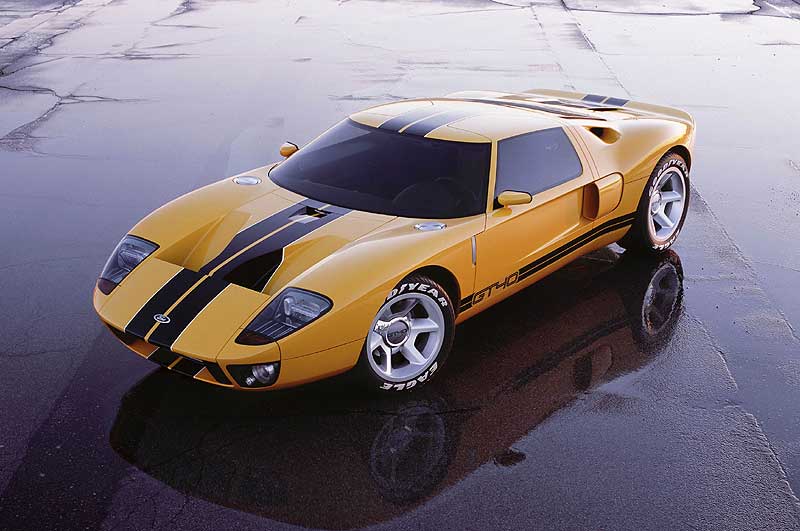It's also surprising how many key dimensions there are in the wheel/tire setup. For this, I'll reference a diagram from H-Point.
Most of these are self-evident. Tire crush (bottom left) is important when setting up the spindle location. If any part of the car is extremely close to the ground (like on a race car) then a little added weight could compress the tire and cause scraping on the ground, which is not good. The static load radius (SLR) solves this problem. This is a measurement of the tire radius with the occupant and maximum cargo load. The SLR determines the wheel\tire position relative to the car, because the spindle (with the rest of the car) will not get any lower than this. Thus scraping will cannot happen.
Form and function go hand in hand, so vehicles with different objectives need differently shaped wheels and tires. Trucks and SUVs have a large tire profile (aka sidewall) height to increase cargo-carrying ability (Gross Vehicle Weight, or GVW) and protect the wheels on rocky ground. This will also improve the ride comfort, because the large tires act as a cushion. However, this cushioning effect is caused by sidewall flex, in which the tire bends a little out of shape. This drastically hurts handling. Passenger cars maintain a balance between comfort and handling, Thus, these vehicles have a larger wheel and smaller tire profile. In sports cars, handling and cornering ability cannot be compromised. This requires a small tire profile to minimize sidewall flex during cornering, resulting in a larger wheel. The larger wheel also allows for a larger brake rotor, which improves braking ability. On the other hand, the larger wheel increases the combined weight of tire and wheel, which counteracts the handling benefits.
Passenger cars and light trucks have completely different tire specification methods. Lets look at an example of the former:
P 215 50 R 16
The first letter just specifies that it is for a passenger car; simple enough.
The second value is the tread width in millimeters.
The third is the sidewall aspect ratio. This is essentially the tire profile height represented as a percentage of the tread width. In this example, the profile height is 50% of 215, the tread width.
The fourth is the speed rating (not essential).
The last value is the diameter of the wheel rim.
Using these three numbers, we can determine the outside diameter of the tire.
(in millimeters) (215 x 50% x 2) + (16 x 25.4)
The first product yields tire profile, multiplied by 2 to account for the sidewall on both sides of the wheel. The second product is just a conversion from inches to millimeters. Together this adds up to the total diameter of the tire.
Thanks for reading!















